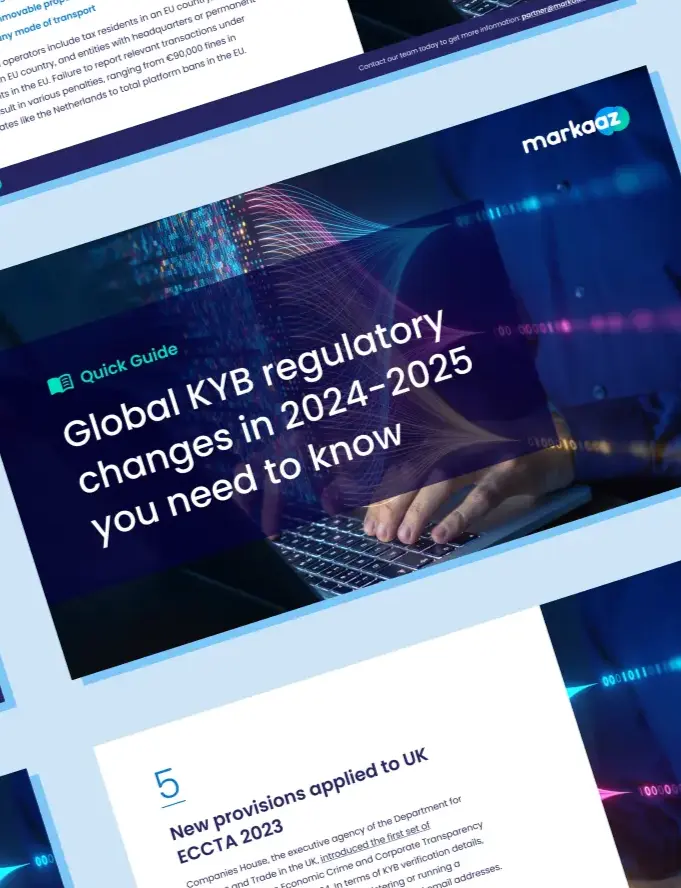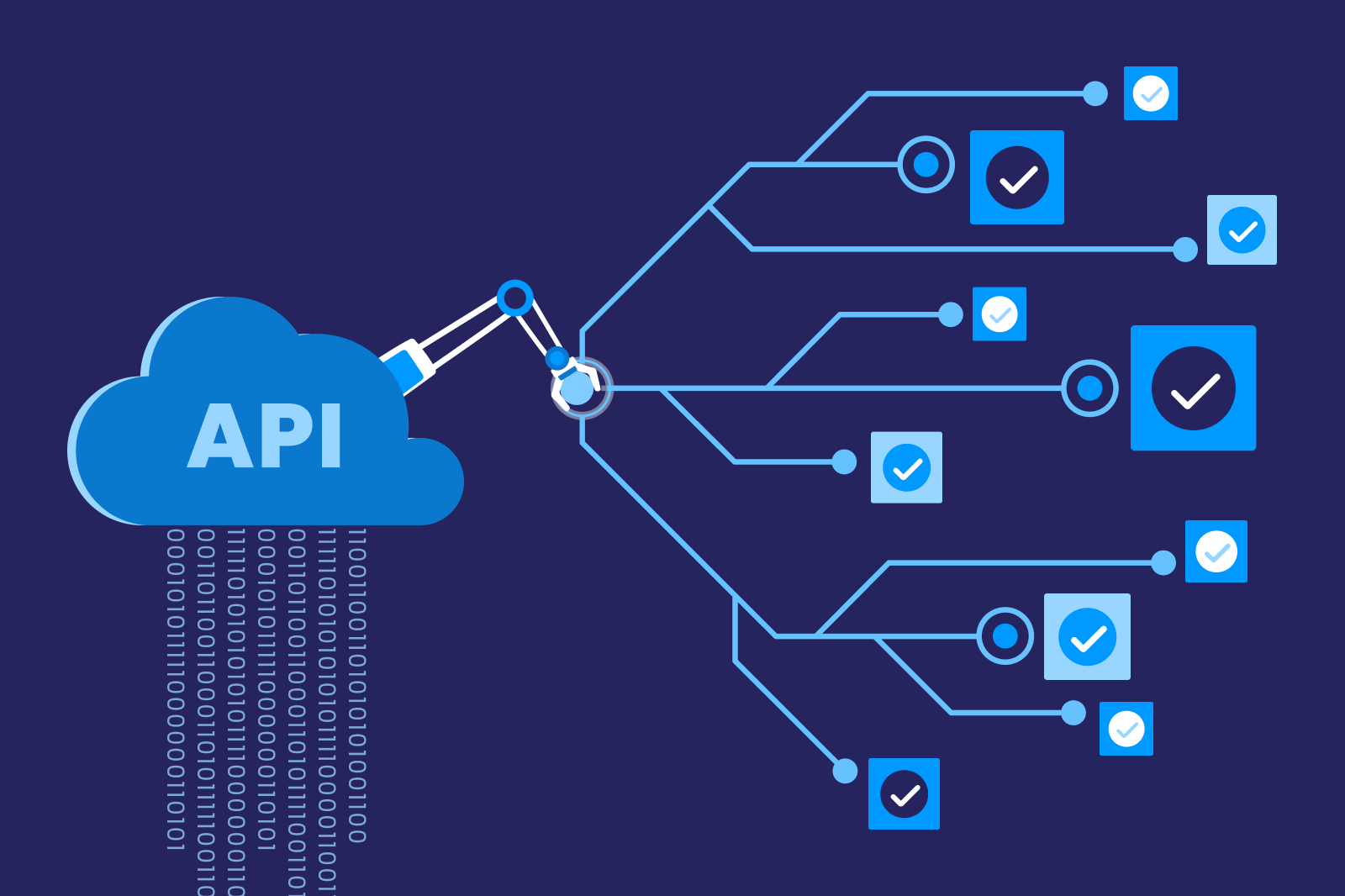For enterprises today, one of the most critical facets of remaining competitive is offering the best possible customer experience
If you have a product or service that doesn’t meet these increasingly high expectations, it can be a problem. This is why enterprises should focus on creating omnichannel, personal experiences that go above and beyond.
It’s common for a business to lose customers because of slow or inefficient onboarding. This can result in a loss of revenue and may be hard to come back from. Many customers who undergo a bad onboarding experience will move to another brand. Creating a frictionless onboarding experience can prevent that issue.
Why onboarding matters
If you aren’t sure why onboarding is so important, HubSpot has several statistics that back up that fact. For instance, 40 to 60% of people who use a free trial try the product once and never return to it. In addition, most company revenue comes from existing customers, while those who are the happiest act as excellent sources of referrals.
Retaining your small business customers saves money on acquisition costs and can experience increased revenue. When you build a great relationship with your small business customers, you can share your vision, mission, and values.
A great onboarding process lets customers know who you are, what your products and services do, and why you’re dedicated to their success.
Personalization should be a priority
Looking around the market today, you’ll see that modern customers want to experience personalized digital experiences. These include bundled offers, hyper-personalized ads, end-to-end customized journeys, and relevant content. When you put customized onboarding into place, it outperforms generic content considerably.
Personalization involves taking the insights you have about your small business customers through their business data and leveraging it. Any data you have about your small business customers or potential users should be a part of creating the perfect onboarding experience.
Thankfully, small business owners have become less wary about sharing information with enterprises. If you ask for it, you’ll likely get great data that helps you create an onboarding experience that speaks to them as small business leaders.
The Markaaz Dashboard engages small business owners and provides them with a place to correct and update their public-facing data. Our custom APIs can tap into this resource, providing you with the most up-to-date small business information.
Omnichannel experiences are needed

You may already have personalized journeys for your small business customers. If that’s the case, the next thing to consider is whether you offer an omnichannel experience.
With so many businesses offering online and mobile presence, you must keep up with your competition. It’s even better to offer something beyond what other companies offer.
A mobile-first strategy is a must, something that is spreading to all sorts of countries. Your onboarding platform or website needs to be modern, with virtual assistant compatibility and mobile apps that can be used on any smartphone.
These technologies will become more highly adopted as time passes, so consider them in your onboarding strategy.
You need to provide onboarding and access to your services that your small business customers can work with, no matter where they happen to be in the world. If someone starts onboarding using a phone and then moves to a computer to complete it, that should be easy for them to do. Your platform should allow synchronization across face-to-face, phone, chatbot, mobile, and online channels.
User experience is crucial
Your small business customers want an omnichannel experience. They also want things to be customized to meet their needs and desires. However, that’s not the end of what you need to provide for frictionless customer onboarding. Most people also expect things to be quick and intuitive. People want to be quickly onboarded and have immediate accounts to use.
The way to do this is by streamlining, automating, and simplifying the customer experience. However, it’s also essential that this process is intuitive, secure, and robust. If you aren’t sure about which features are useful for these purposes, consider the following:
- A user-friendly and human-centered interface is an excellent place to start. This helps ensure that onboarding is frictionless and it’s simple to pass through the sales journey for your customers.
- Machine learning and advanced artificial intelligence technologies can also be helpful. These provide a way to upload and update documents to quickly verify customers for your industry’s needs.
- Using available information to create pre-populated forms speeds up onboarding. It can move the customer along and avoid the frustration associated with forms.
Markaaz has a data Directory of over 300 million businesses, 98% of which are small businesses. Data for each company features firmographic, business health, and reputational data, so you can know who you are doing business with.
We offer customer onboarding via easy-to-use APIs and can provide custom services that utilize our small business-focused Markaaz Dashboard to offer direct small business engagement and document sharing.
The back office is essential to consider
There are many factors associated with customer onboarding that the users see. However, you also want to think about your back office. While customization is critical for customers, the configuration is often more important for the workers at your enterprise.
When you focus on configuration rather than customization, there’s no need to create personalized code and handle all the maintenance associated with it. This is crucial when you need to quickly update the platform based on analytics discovered as you watch over the customer onboarding process.
Plus, if technology or requirements change, making fast updates is easier, so you can continually improve the customer onboarding experience. Some other things to be aware of to make the back office flow toward customer needs include:
- Customer service should provide workers with all the required information when and as needed. This allows them to move from task to task to help with onboarding, sales, and other vital processes.
- The back office should have the means to configure multiple processes for different sectors, segments, and channels. This creates an omnichannel experience that customers can trust.
- Low-code workflows with drag-and-drop options to make an order change a cinch are helpful. You can set up custom fields, add or delete steps, and more as needed for the perfect onboarding process.
Customer service to wrap things up
Several things create a bad customer experience, such as waiting for a long time on hold, having bad experiences with employees, or not being able to purchase a service or product. It’s your job to ensure the customer journey is smooth so they’re more likely to purchase.
Customers expect a smooth and straightforward process to get what you are selling. If the process is derailed or there are distractions, it could lead to losing potential customers. Having excellent customer service is part of onboarding that cannot be ignored.
Think about the ways you can create extra value for customers while ensuring the things they do are easy. Then, simply put those things into place to create a better experience. Remember to go back and check on things on occasion so you can make additional changes as needed.
Final thoughts
Part of your small business’s company culture should be prioritizing modern customer success. This means you need a customer onboarding experience where everyone in your business plays a part. Everyone in the business should know the proper steps to frictionless customer onboarding and be ready to support that priority.
When it comes down to it, customers are the most valuable asset for your small company. When you build a streamlined, functional, and frictionless onboarding process, you start your relationship by showing customers that you care about them and want to see them succeed. This is a great way to increase retention and keep users happy.
Learn how Markaaz can help you create a frictionless small business customer onboarding experience with our low-code APIs.



